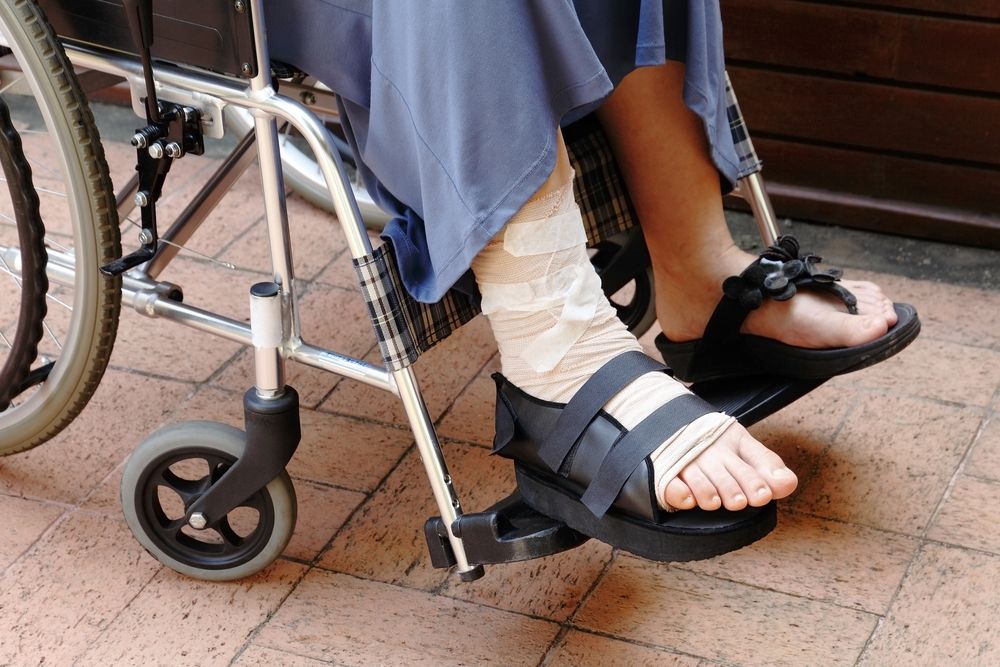Article
Fracture Risk is High in Lupus
Author(s):
Patients with systemic lupus erythematosus (SLE) are at an increased risk for fractures, new research shows. The risk is particularly high among patients with lupus nephritis.
Patients with systemic lupus erythematosus (SLE) are at an increased risk for fractures, new research shows. The risk is particularly high among patients with lupus nephritis. (©PollapatChirawongShutterstock.com)

Patients with systemic lupus erythematosus (SLE) are at an increased risk for fractures, new research shows. The risk is particularly high among patients with lupus nephritis.
In a study published in a recent issue of Arthritis & Rheumatology, investigators foiund that patients with lupus nephritis were far more likely to break a bone than patients who do not have lupus.
“Patients with lupus nephritis may be at particularly high risk of fracture due to secondary or tertiary hyperparathyroidism and vitamin D deficiency,” said study author Sara Tedeschi, M.D., MPH, a rheumatology fellow at Brigham and Women’s Hospital.
To assess fracture risk, researchers examined medical records for 47,709 lupus patients, including 9,449 patients who also had lupus nephritis. They identified pelvic, wrist, hip, and humeral fractures and compared these records to those of 190,836 patients without lupus.
According to results, all lupus patients had a two-fold higher risk for any fracture compared to patients without lupus. Lupus nephritis patients have a three-fold risk over non-lupus patients and a 1.6-fold increase over lupus patients. However, findings did indicate that African American patients with lupus experienced a lower fracture risk than other study participants.
When examining risk for specific types of fractures, investigators found lupus patients were at high risk for hip and pelvic fracture compared to patients without lupus. The risk was also elevated, though not as much, for humerus and wrist fractures.
Researchers also discovered younger lupus patients had a 2.3-times higher fracture risk than younger patients who didn’t have lupus. Lupus patients over age 50 had a two-fold fracture risk increase.
Less than half of patients with lupus received glucocorticoid treatment, indicating use of this medication was only responsible for some increased fracture risk.
Ultimately, investigators said, these results reinforce the importance of identifying high-risk patients who have lupus and lupus nephritis to monitor them and provide for fracture prevention.
REFERENCE
Tedeschi S, Kim S, Guan H, Grossman J, Costenbader K. "Comparative Fracture Risks Among United States Medicaid Enrollees With and Those Without Systemic Lupus Erythematosus."Arthritis & Rheumatology (2019), doi: 10.1002/art.40818




